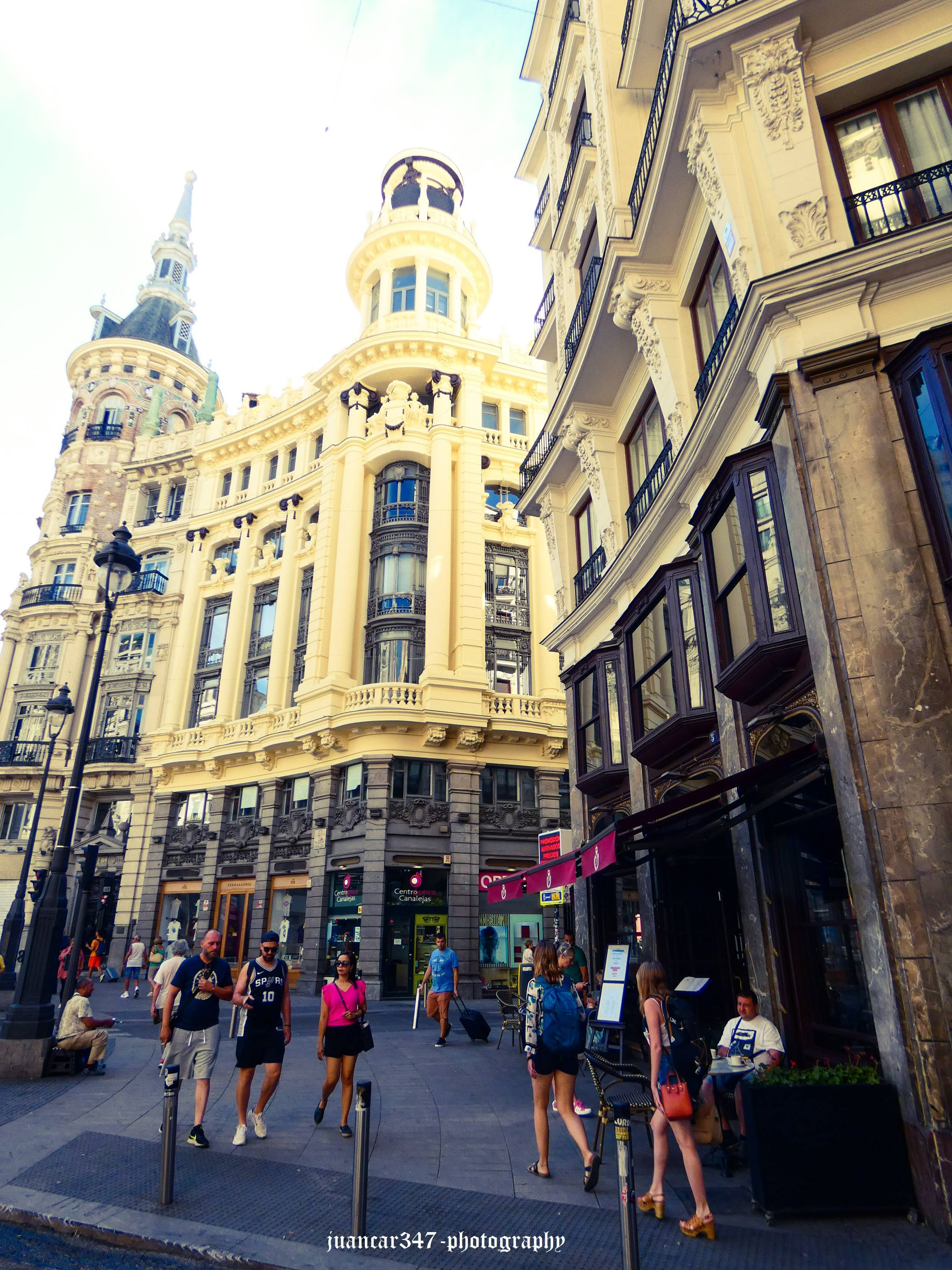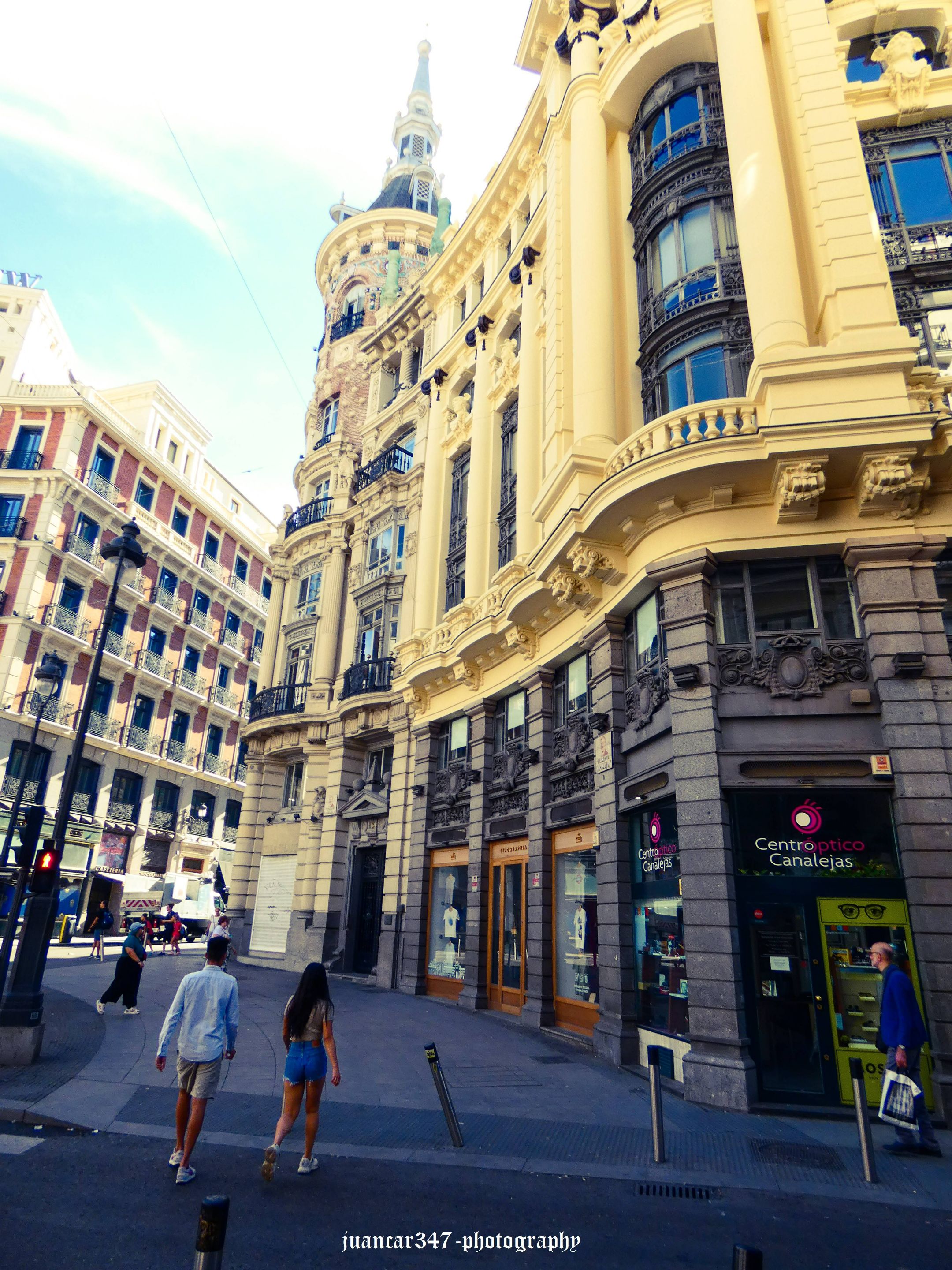
His life must have been singularly disconcerting and it is even possible that, speculatively speaking, he also inspired that sinister and melancholic character that the brilliant English playwright, William Shakespeare, presented to the world as Hamlet, Prince of Denmark.
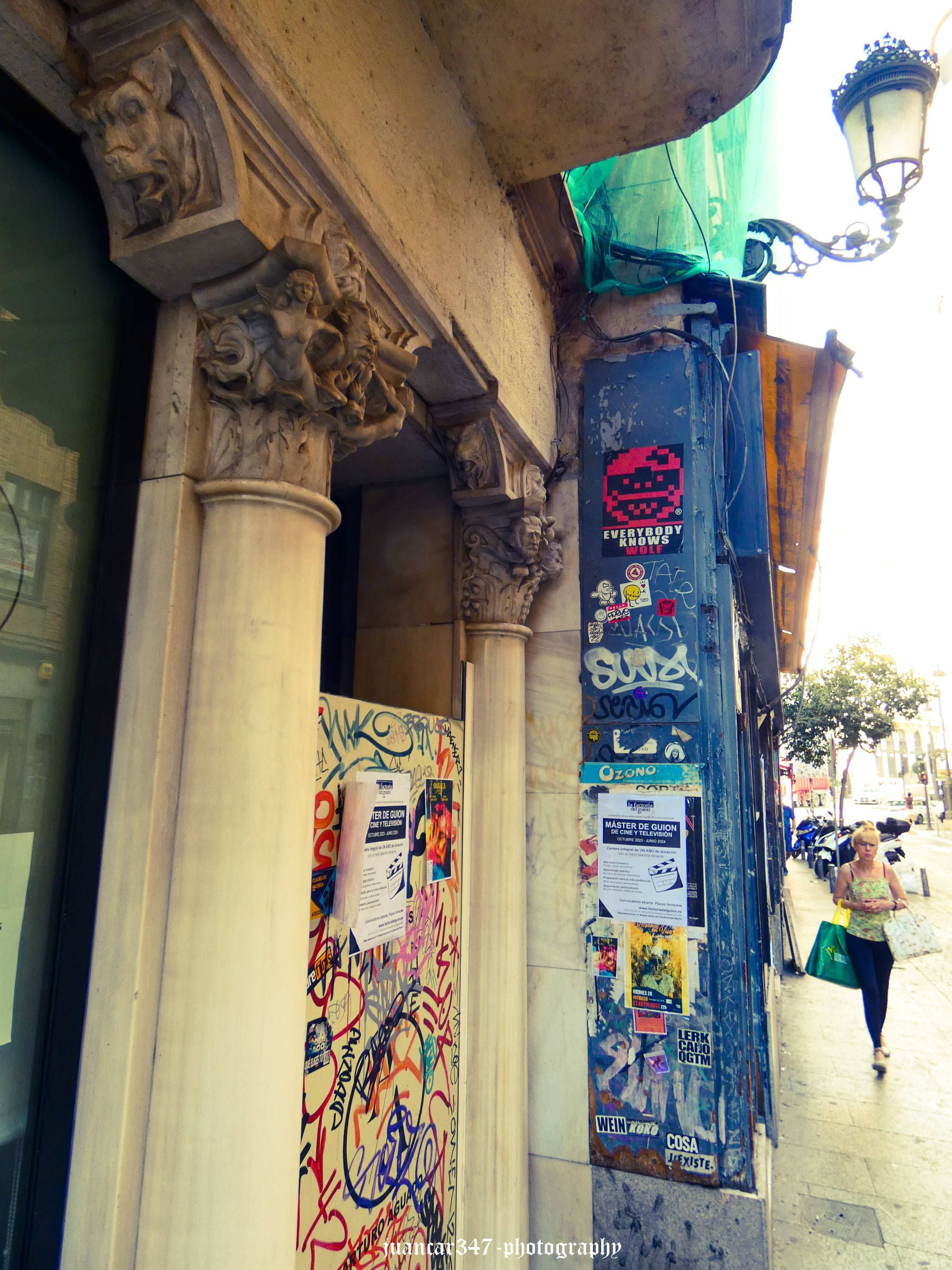
In fact, this dark son of Albion, whom everyone knew as the Black Prince, also made Madrid his place of residence, settling in what at that time must have been the back alleys of what today constitutes one of the most charismatic and frequented areas of our city: the Literary Quarter.
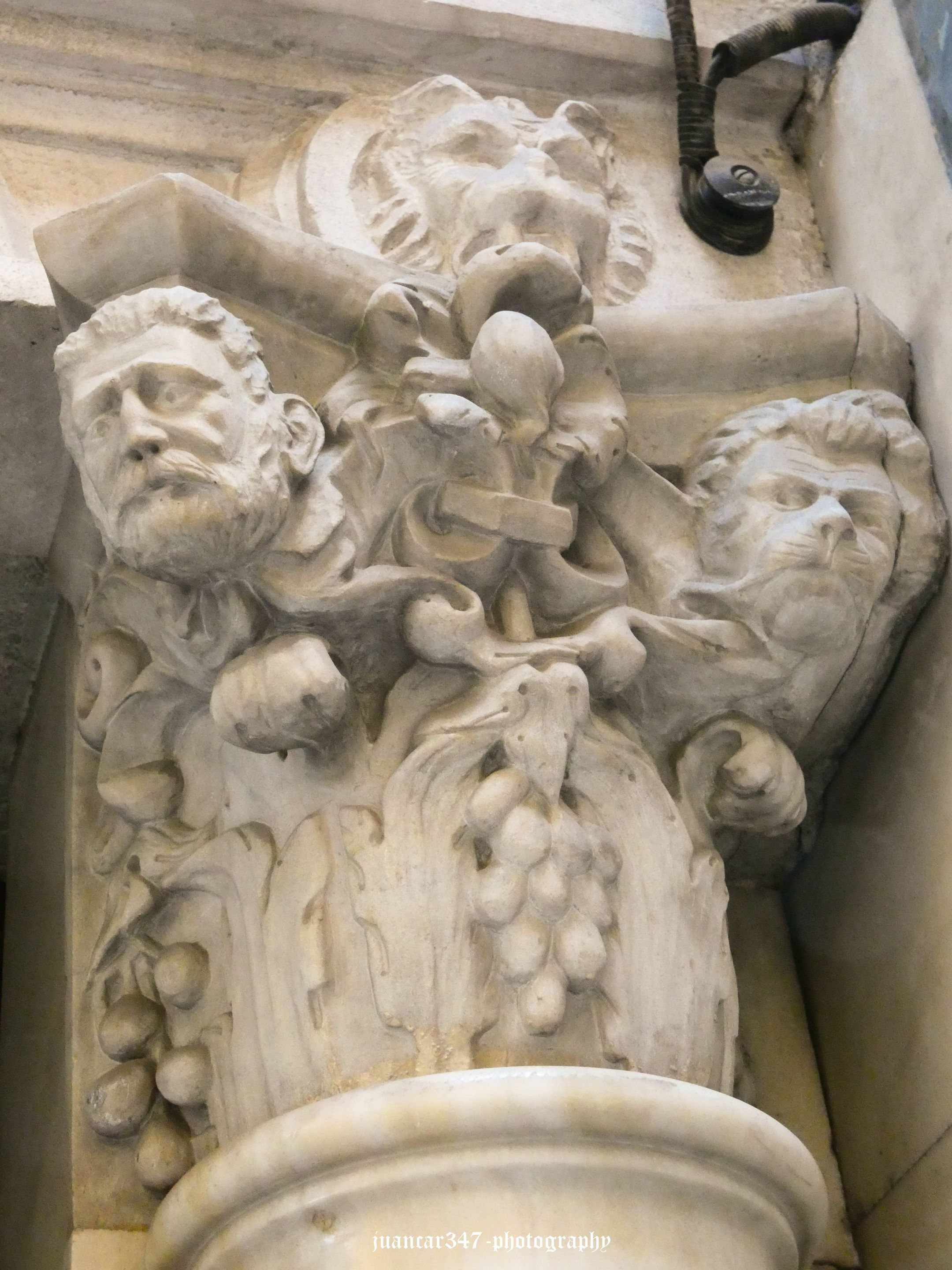
In fact, in the first numbers of a street, the street of Príncipe, named in his honour, whose dark narrow streets lead to the popular Huertas street, the building where he lived is still preserved, the sight of whose portal, with its Gothic demons, still tends to feed a black legend, which wants to see in him, apart from his possible role as a spy and diplomat in the Spain of the Golden Age, a brave practitioner of the Occult Sciences, contemporary of those other writers and playwrights -Cervantes, Quevedo, Lope de Vega- in whose works, skillfully interwoven, the supernatural was also present.
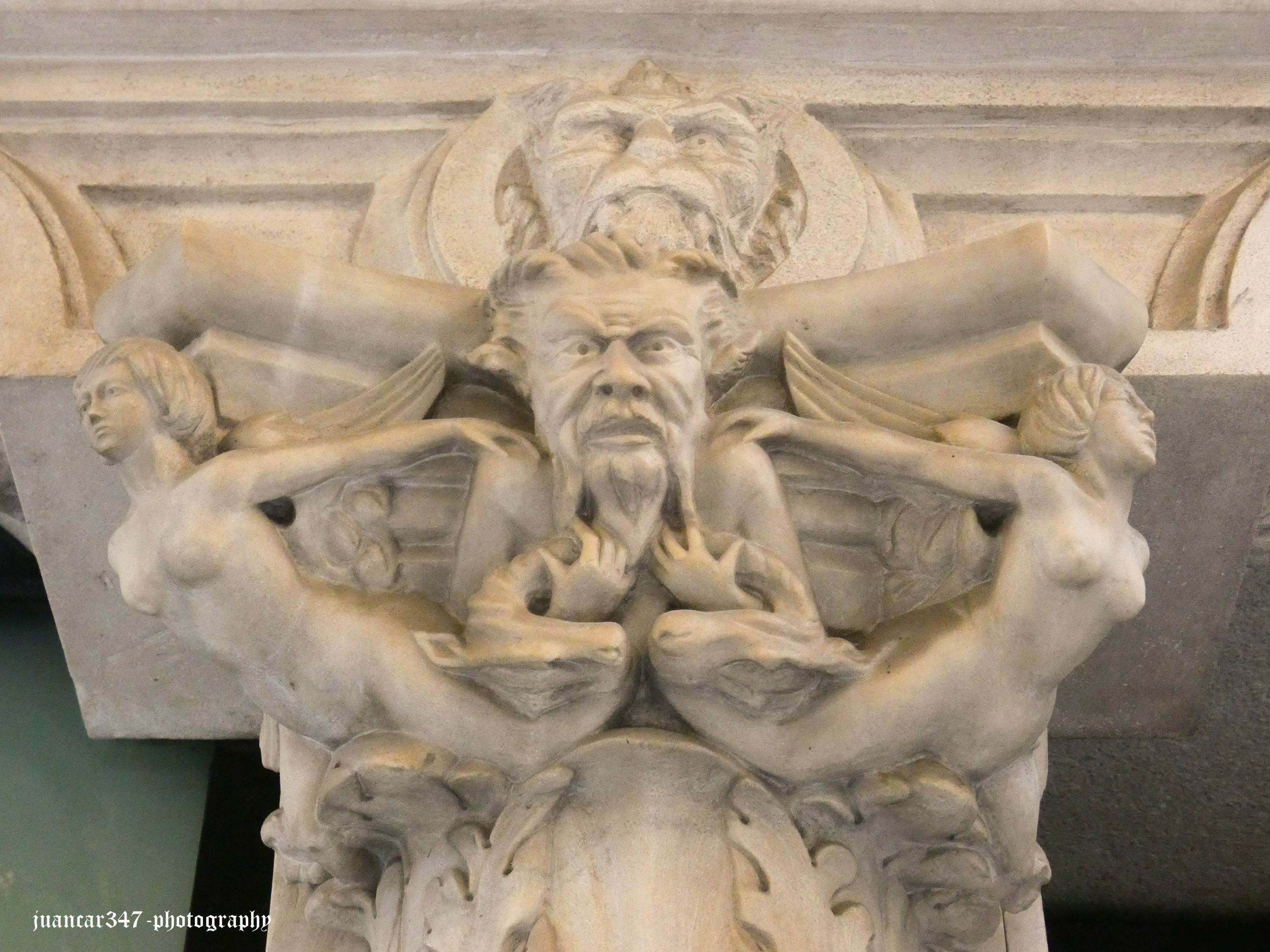
Su vida debió de ser singularmente desconcertante y hasta es posible, que, en el fondo, pudiera darse el caso, especulativamente hablando, que inspirara también a aquel siniestro y melancólico personaje que el genial dramaturgo inglés, William Shakespeare, presentara al mundo como Hamlet, príncipe de Dinamarca.
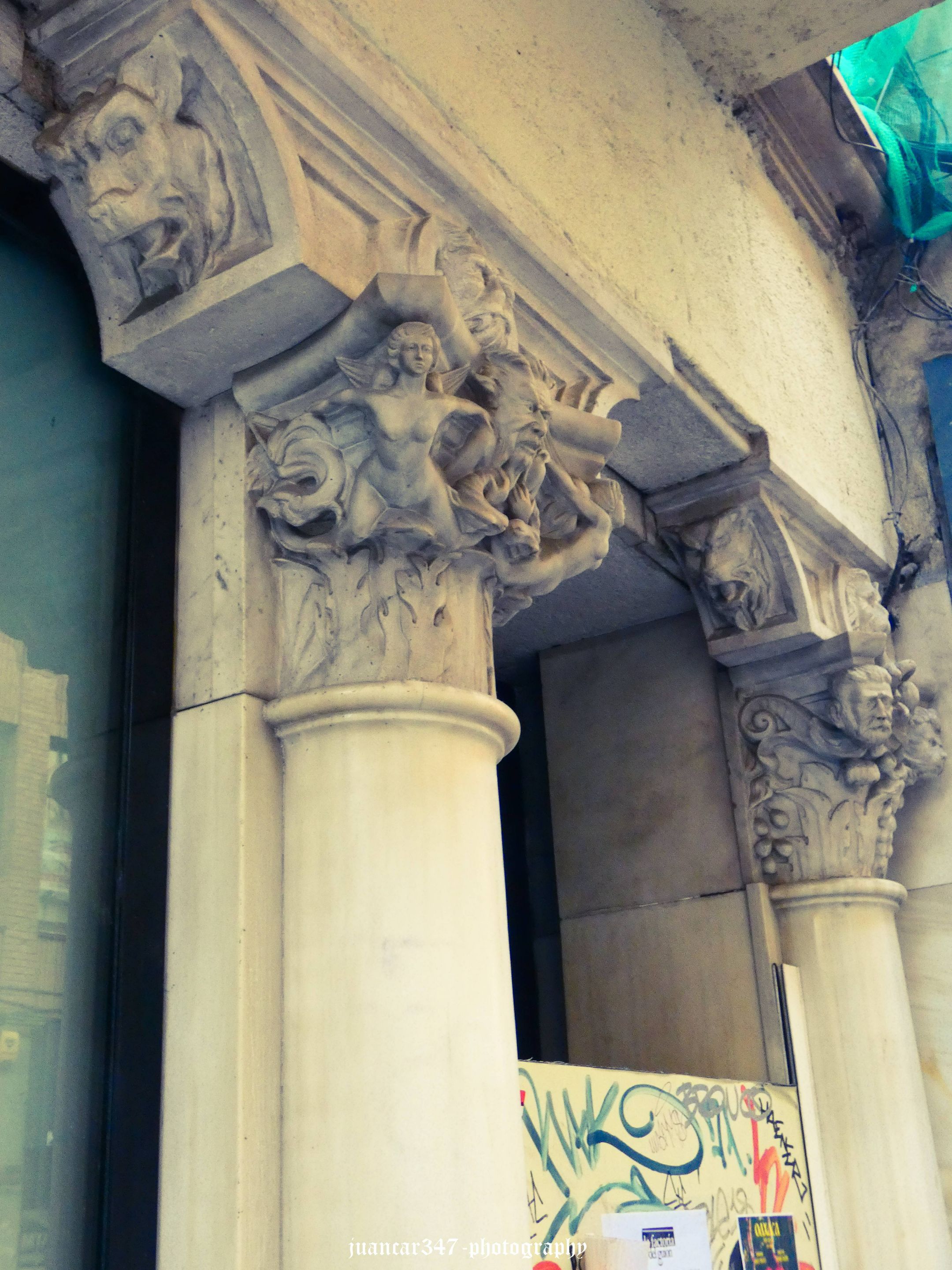
De hecho, este oscuro hijo de Albión, al que todos conocían como el Príncipe Negro, hizo también de Madrid su lugar de residencia, instalándose en lo que por aquel entonces debían de ser los andurriales de lo que hoy constituye una de las zonas más carismáticas y frecuentadas de nuestra ciudad: el Barrio de las Letras.
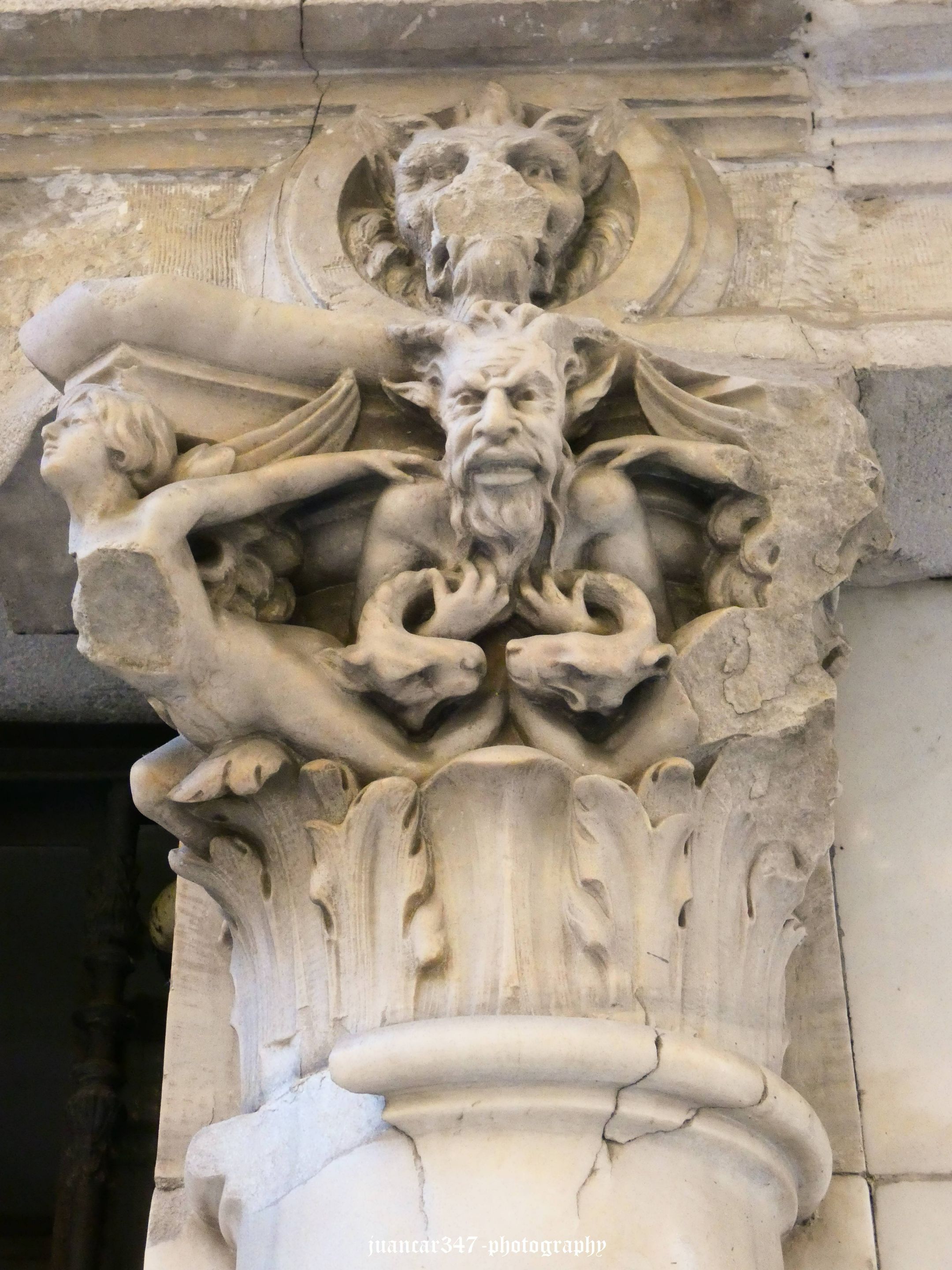
De hecho, en los primeros números de una calle, la del Príncipe, llamada así en su honor, cuyas sombrías estrecheces van a desembocar a la popular calle Huertas, todavía se conserva el edificio donde habitó, la visión de cuyo portal, con sus góticos demonios, tiende todavía a alimentar una leyenda negra, que quiere ver en él, aparte de su posible papel como espía y diplomático en la España del Siglo de Oro, un aguerrido practicante de las Ciencias Ocultas, contemporáneo de aquellos otros escritores y dramaturgos -Cervantes, Quevedo, Lope de Vega- en cuyas obras, hábilmente entretejido, lo sobrenatural también estuvo presente.
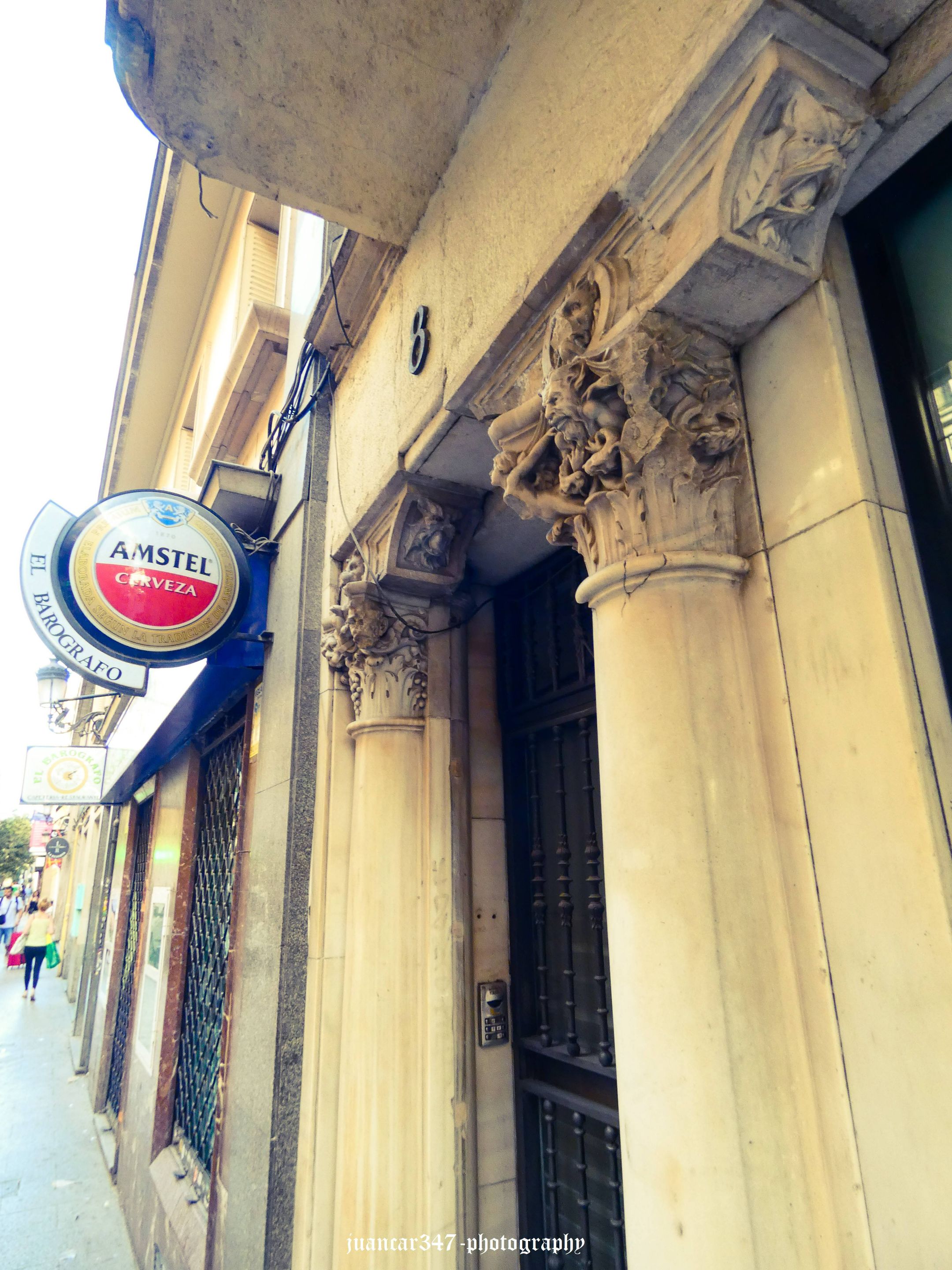
NOTICE: Both the text and the photographs that accompany it are my exclusive intellectual property and therefore, are subject to my Copyright.
AVISO: Tanto el texto, como las fotografías que lo acompañan, son de mi exclusiva propiedad intelectual y por lo tanto, están sujetos a mis Derechos de Autor.
